The other day I had a hankering for chang fen; pronounced “Chong Fun” in newspaper-phonetics. It’s not the cleanest option for eats in the neighborhood, but it tastes awesome. Getting good chang fen in China is like getting good pizza in America – the most dilapidated pizza dive is usually the best.
Basically, chang fen is made of rice flour that starts out quite runny- kind of like very runny pancake mix. It gets spooned into a steam tray and spread around as you can see in the photos below. Eggs, meat, chives, etc. are tossed on randomly and then the tray gets put in the steamer. After a couple minutes the tray gets pulled out the the contents get scrapped out. I chose extra egg because I don’t trust the meat in these places… Read More…

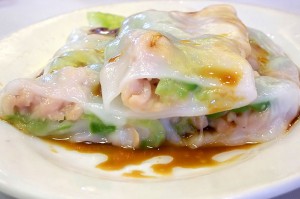
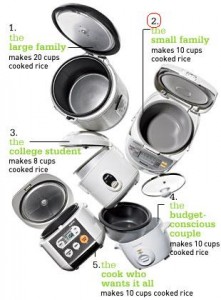
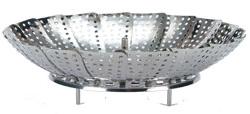
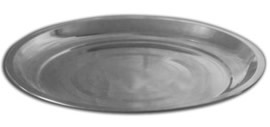

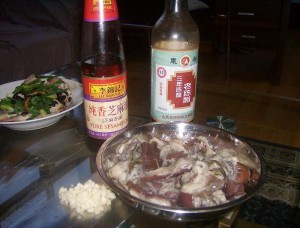
 Custom Search
Custom Search